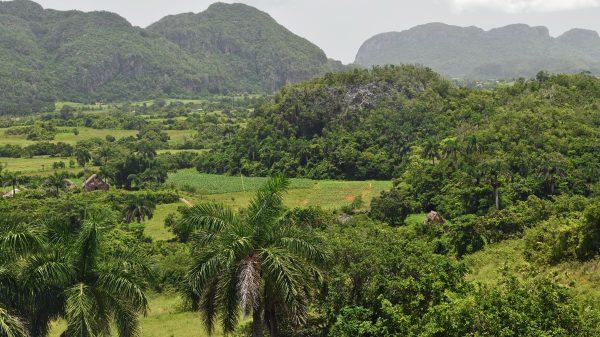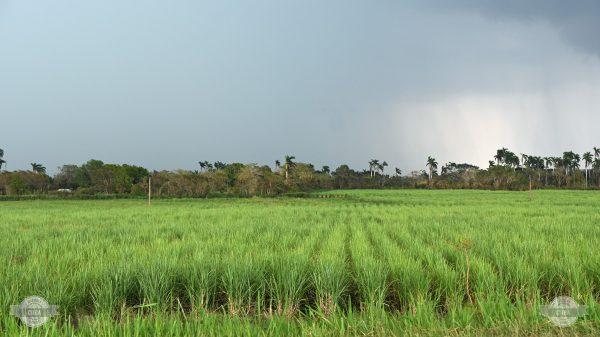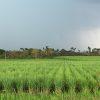“Necessity is the mother of all invention,” so goes the wise old proverb and, out of necessity, something innovative usually evolves. Will Cuba begin exporting it’s organic produce to the United States? Perhaps that is not the question to ask. More specifically the question should be, when will Cuba start exporting its organic produce to the U.S.? According to USA Today, organic farmers in Florida are worried about the possibility that Cuba could begin exporting their organic produce in the near future. Cuba is seen as having a very well-developed organic farming sector which could present strong competition to organic farmers in the U.S. The benefits of not being able to afford the costs of toxic pesticides are multiple. However, it was not only the costs of pesticides which pushed Cuba to create organic farms, but it was also a question of how to feed its people.Advertisement. Scroll to continue reading. Cuba’s unique system of organoponicos, (urban organic farms) was created out of a desperate need to feed its citizens. With the fall of the Soviet Union in 1990 – 1991, Cuba was unable to feed its citizens. It lost approximately 80% of its trade. Its source of chemical fertilizers…
TO READ THE FULL STORY:
 Unbiased reporting on economic news and business developments in Cuba by industry sector
Unbiased reporting on economic news and business developments in Cuba by industry sector














